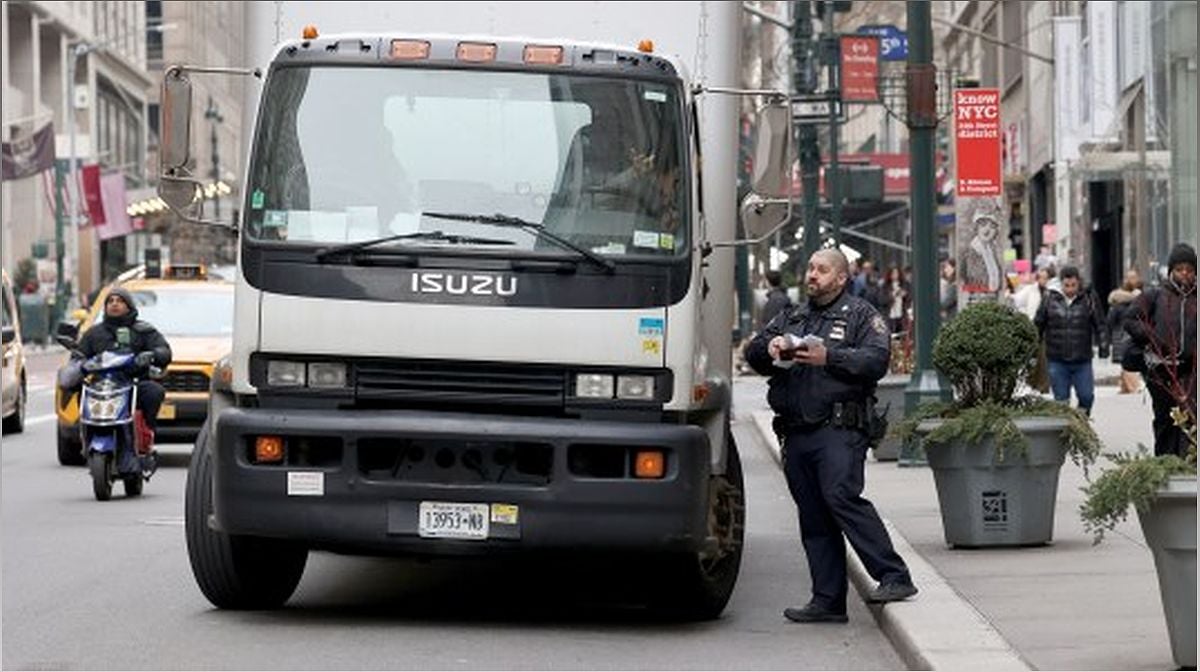Transparency and Accountability: The How Many Stops Act
Learn about the How Many Stops Act, a legislation that aims to hold the NYPD accountable for stop-and-frisk practices and provide transparency. Find out how this act can address discriminatory policing and build trust between police and the communities they serve.
The Need for Transparency and Accountability
Transparency and accountability are essential when it comes to the NYPD’s stop-and-frisk practices. The How Many Stops Act aims to address the lack of transparency by requiring the NYPD to report on all pedestrian stops and investigative encounters. This legislation is crucial in holding officers accountable for any unlawful stops, searches, or questioning of individuals.

By providing transparency around discriminatory policing practices, the How Many Stops Act can help build trust between the police and the communities they serve. It ensures that officers disclose the demographics of the individuals they stop, the reasons for the stops, the location of the encounters, and whether any use of force, tickets, or arrests resulted from the encounters.
Current Reporting Gaps
Currently, the NYPD is only required to report on ‘Level 3 stops,’ which are commonly known as ‘stop-and-frisks.’ This means that other categories of street stops and investigative encounters, such as Level 1 and 2 stops, go entirely unreported. These levels may have different meanings for the NYPD, but for everyday New Yorkers, they can be frightening and disruptive.
The How Many Stops Act aims to bridge these reporting gaps by requiring the NYPD to report on all pedestrian stops and investigative encounters. This comprehensive reporting will provide a clearer picture of the NYPD’s enforcement activities and help identify any patterns of discriminatory or unconstitutional practices.
Strengthening the Right to Know Act
The How Many Stops Act builds upon the protections provided by the Right to Know Act, which was passed in 2017. The Right to Know Act already requires the NYPD to obtain voluntary, knowing, and intelligent consent before conducting a search without legal justification.
The How Many Stops Act strengthens the Right to Know Act by mandating full reporting on the use of consent searches. It ensures that the NYPD reports on instances where consent searches are declined and whether interpretation services are accessed. This additional reporting promotes transparency and accountability in these encounters.
Rising Concerns and Urgency
Recent reports from the NYPD’s federal monitor have revealed a concerning increase in racially disparate and unconstitutional stops by the NYPD. The mayor’s Neighborhood Safety Teams (NSTs) have been found to engage in these practices, with at least 24% of their stops being deemed unconstitutional.
In Brooklyn alone, nearly 40% of the precincts have these NSTs, and reported stops in these areas have climbed by almost 50% from 2021 to 2022. These statistics only account for the stops that the NYPD is required to report, highlighting the need for the How Many Stops Act to document and address the full extent of these practices.
Building Trust and Ensuring Safety
The How Many Stops Act is a commonsense reform that can promote trust between the police and the communities they patrol. By providing transparency and accountability, it aims to address discriminatory practices and ensure the safety of all individuals.
This legislation is a crucial step towards fostering a better relationship between the police and the communities they serve. It allows for open dialogue, increased understanding, and the opportunity to address any concerns or issues that arise from these encounters.
